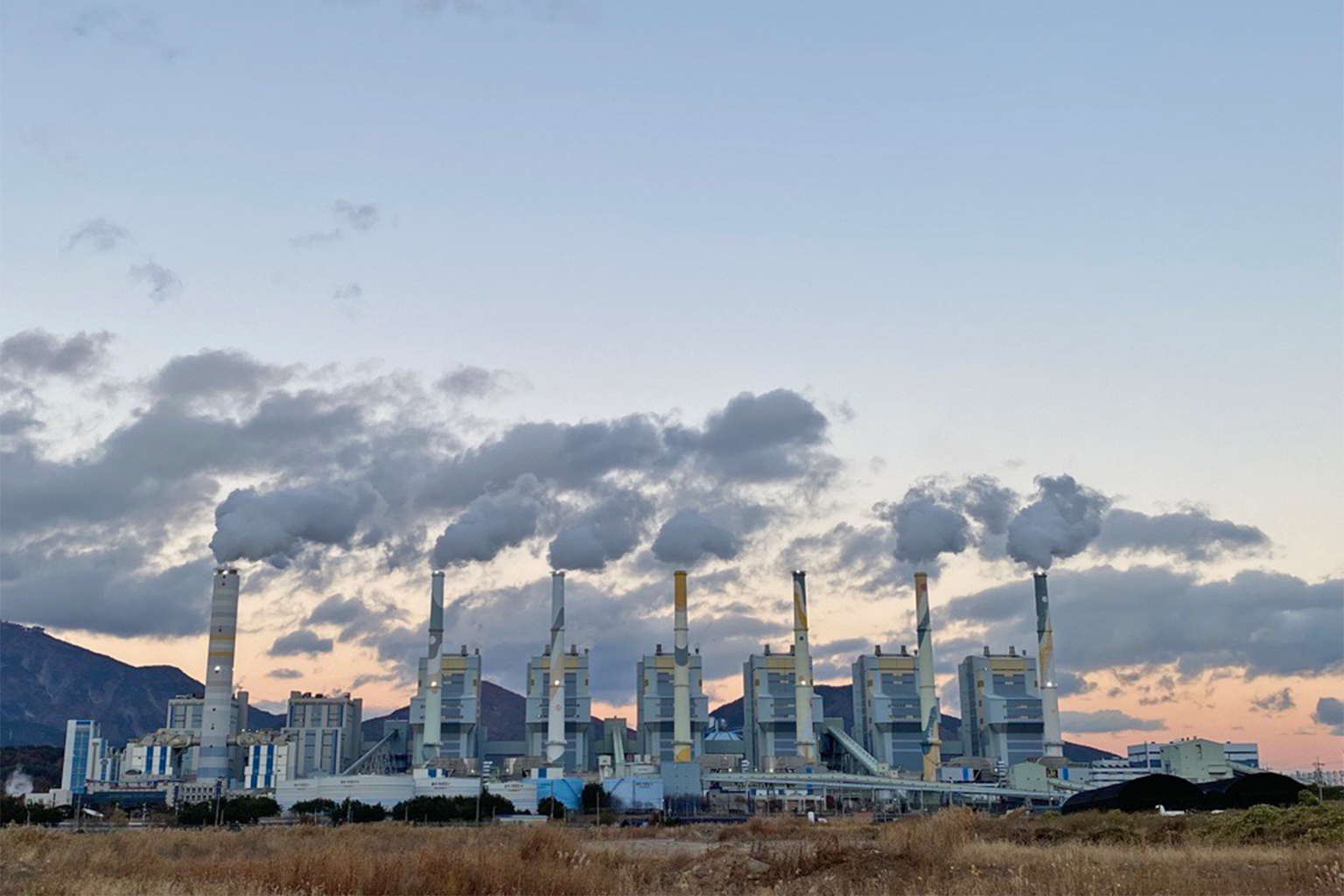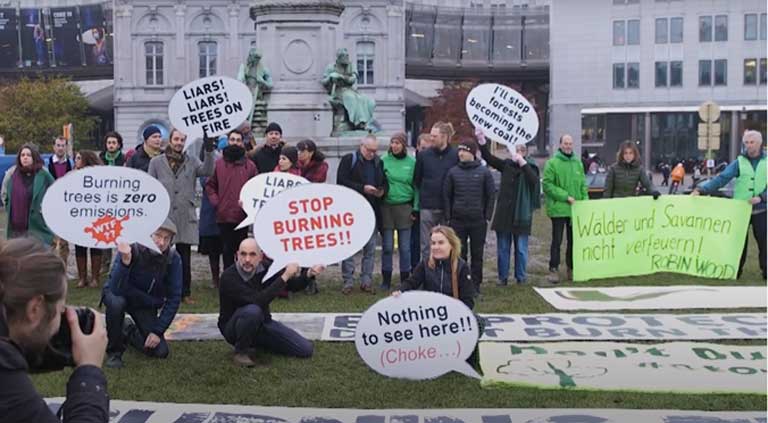
The Samcheonpo power plant in South Korea co-fires with coal and woody biomass, allowing it to claim it is reducing emissions under a carbon accounting loophole. Image courtesy of Solutions for Our Climate.
This story, my first of 2023, came from NGO sources I developed in Spring 2022 when writing about the explosive growth of woody biomass for energy in Japan and South Korea. At the time, Russia’s unprovoked and devastating war with Ukraine was just starting and Europe was still importing tons of wood pellets from Russia, providing billions of dollars to the Russian war effort.
NATO countries decided in July to ban Russian imports as part of escalating sanctions. Little known at the time, but revealed in late December by three different organizations, South Korea — ignoring its Western allies — took advantage of the Russian surplus and allegedly took all the pellets Russia would ship. NGOs is South Korea, Europe and the United States are livid, as my story explains. Moreover, it appears Russia has figured out how to get around the European ban by laundering its pellets through neighboring countries. All to help pay for the most egregious war crimes in Europe since World War II.
As my source in South Korea told me: “We are deeply ashamed that our government is allowing the purchase of products associated with both a humanitarian and climate crisis…”






